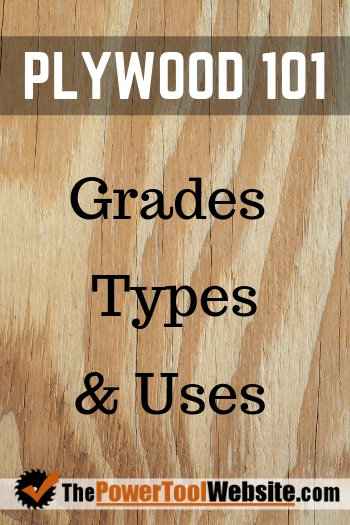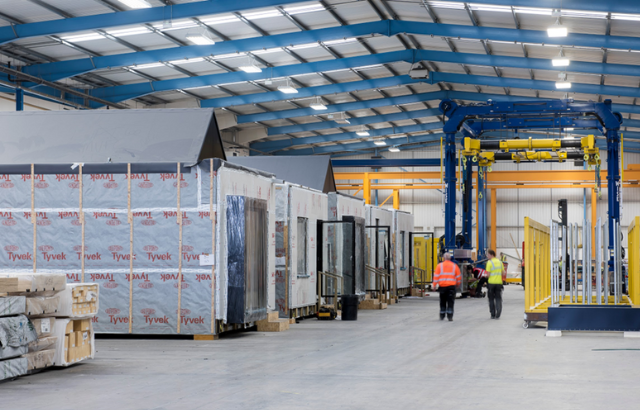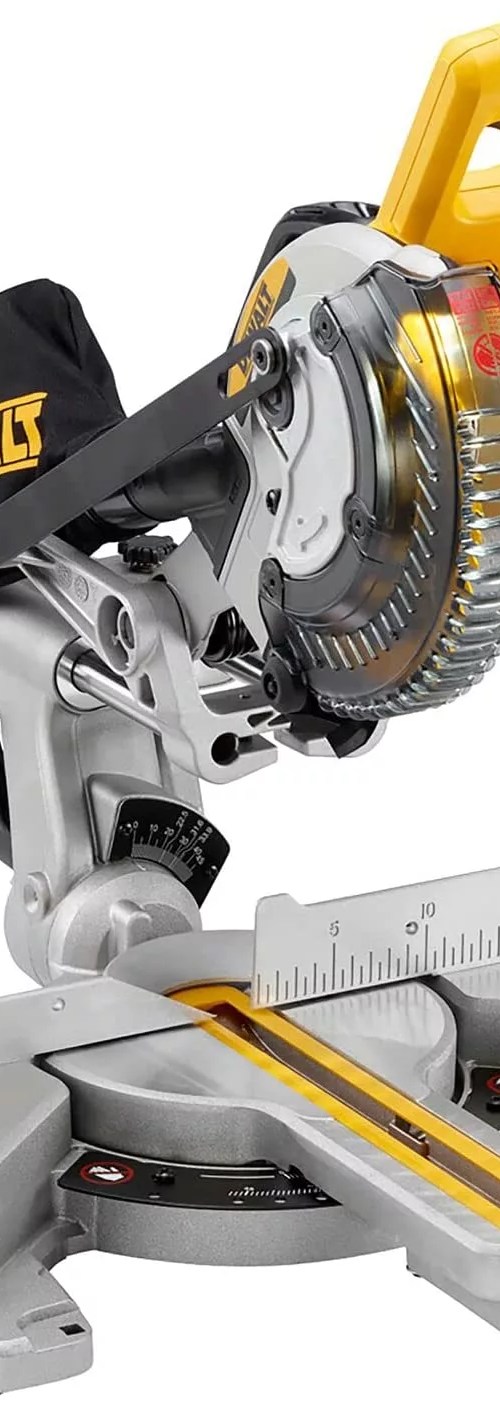Plywood Grades 101 – Types, Uses, and Grades Decoded
Plywood grades can be confusing and don’t make a lot of sense to anyone not used to working with plywood. But once you get it figured out, you’ll be ready to take on your next project with confidence.
I love working with plywood. You can use it for anything from shop jigs, to shelving, to cabinets, book cases, work benches, and the list goes on.
It’s also useful to have around because in some applications, you can rip it down into whatever sized 1-by you need.
If you set your shop up to efficiently break down and handle full sheets (or even half sheets) of plywood, you really have a lot to gain from it.
But not all plywood is made the same, and not just any plywood is practical for all projects.
Today, I want to talk about what the differences in the various plywoods are.
So if you’re interested in using plywood in your wood shop, give this a read and hopefully you’ll be able to make better decisions on what to buy and what to avoid.


If you have a local hardwood dealer, you may find that they have all the plywood types you would ever need.
And maybe even at a decent price.
But sometimes, if you’re like me, you’ll still end up at Lowes looking through all their sheet goods.
However…. Even though they’re open on the weekends, which is convenient, it still sucks because you may never get anyone to help.
And if they do show up to help you move boards around, they probably don’t know enough to answer any questions.
The real problem with big box store plywoods, is that over half their stock is warped.
I dunno, maybe it’s just in my area.
But I can’t seem to get flat plywood unless I move 10 warped pieces out of my way first.
By then, I’m ready to take the first flat piece I can find, even if it’s not the type of plywood I wanted in the first place.
But for the sake of this article, I’m going to assume you have access to plywood that comes flat every time.
That means you’re left with decisions on wood species, and various grades and types.
First let’s decode the grading system
Plywood’s standard grading system is A, B, C, and D.
A-grade plywood is super-clean, with little or no blemishes.
A and B grade are both very high quality, and so they will cost quite a bit more than lower grades.
Knots in plywood are replaced with football-shaped patches.
A and B plywoods will have far less of these.
You’ll notice that some plywoods are graded with 2 letters, not just one.
That’s because typically only one side of a sheet of plywood is exposed. Meaning they can keep cost down by only making 1 side worth a dang.
So when you see A-C plywood, that means the better side is a blemish-free, very clean ‘face’.
And the back side will be much lower quality.
Another example is C-D, also called CDX plywood. This is your typical construction grade plywood.
When you see the X in the grade, that’s referring to an exterior rating.
It can handle the outdoors for a limited time, but must be covered for long term. It’s common for wall covering and roofing.
In some stores you’ll see AA, in others you’ll see A1.
Some plywood manufacturers use a number rating for the back side. Just like with letters, they’re a simple grade in quality, 1 being the best.
So if you find anything that’s labeled A-4 or B-4, it’s got a high quality face, while the back is meant to be covered, or left un-exposed.
And don’t get confused, A-2 does not mean A on both sides. It means something more in line with A-B, as in the back side is not the same quality as the face.
Common Plywood Grades at Home Stores
Construction grades may be labeled Construction Sheathing.
Within this category is the CDX plywood I mentioned above.
This is cheap plywood, so even though it’s made for construction, you might consider using it for shelving or simple work benches where appearance isn’t that important.
Also, the CDX will be rough to the touch. You can sand it down a bit if you want, but don’t expect great results.
Plywood labeled Sanded, Premium, or Top Choice has a much better surface and works great for any shop project. Premium (A) sanded plywood may only be pine or whitewood, and still could cost upwards of $100.
But if you find some B-C Sanded pine, then you’ll be saving some real money and still getting quality product.
You’ll also find Baltic Birch plywood in most home stores.
This, in my opinion, is the best plywood for shop furniture, jigs, and sleds.
The surface and the edges look great, it’s very stable, and it’s great to work with.
But obviously, you’ll pay more for this variation.
Oak, Birch, Maple, and other hardwood plywoods are typically cabinet grade plywoods that you’ll pay a premium for.
At a hardwood or plywood dealer, you’ll likely find even more variations of cabinet grade plywoods.
There, you can also pay even more to get them pre-finished.
This will be some really high-grade cabinet material and if you’re going for a professional kitchen cabinet look and feel, this may be your best bet.
But be prepared, pre-finished hardwood cabinet grade plywood in 3/4″ 4×8 sheets may cost over $120.
For outdoor projects where there will be exposure to moisture, you’ll want to look at the pressure treated plywood variations.
For the most extreme wet conditions, look at the marine grade. This is not cheap, but the wood is treated to handle very wet conditions, plus the glue is water proof.
So to wrap this up, I would suggest that for basic furniture around the house, simple cabinets, book cases, etc., stick with Sanded B-C pine.
It’s cheap, it’s smooth, plus when stained it will match your trim work and drawers if you’re building with pine wood.
And a step up from that would be Baltic Birch. It’s a great plywood, and it’s light colored so staining to make it match other woods is pretty easy.
Be sure to sign up below to get blog post updates and free woodworking stuff.
Related:
How To Handle and Break Down Plywood
How To Build Cabinet Shelves
How To Build A Base Cabinet
5 Tools For Cutting Plywood Easily, Safely, and Accurately




